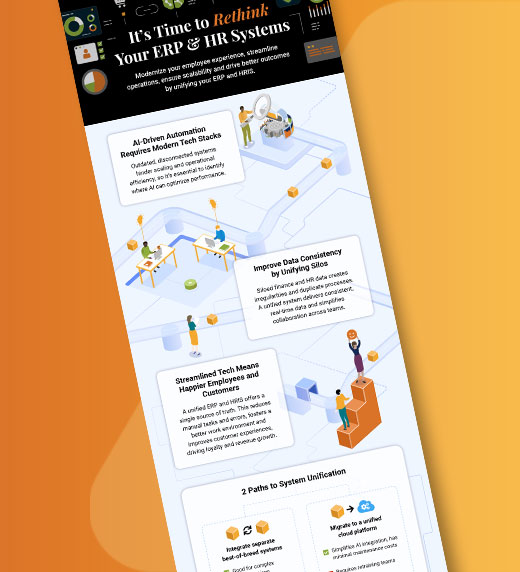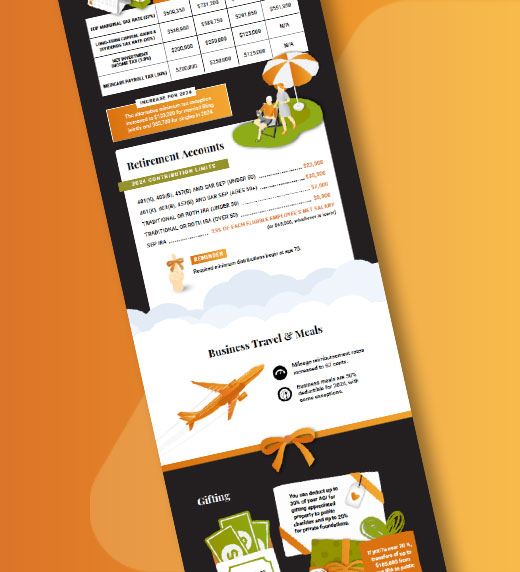We’re all anxious to get back to work. Here is a checklist to help you prepare for when you can once again open your doors. This list applies to operations, accounting and human resources teams.
- First, check the local statistics and health/government guidance daily. Things change fast.
- Establish an office safety program that suits the current times. Ask your staff to sign a receipt for it and be firm in your insistence that they understand the policy.
- Your communication plan should include an emergency communication strategy in the event you have to send everyone home again. Plan for the unexpected!
- Don’t forget about the Families First Coronavirus Response Act. You may be required to provide Emergency Family Leave if any of your staff can’t return to work because they must stay home to care for children.
- Alternatively, some companies will find ways to provide child care on site or develop reimbursement policies for tutoring children who are home-schooling.
- The CDC website publishes updates on how to ensure office spaces are uncontaminated. Check it regularly for the newest sanitation guidelines.
- Continue to promote frequent handwashing.
- Clean and disinfect surfaces accordingly and often.
- Provide cleaning materials, PPE, extra masks and anything else appropriate.
- Make everyone aware of face mask requirements and best practices for extended use.
- Plan for staff comfort and ventilation. Office temperatures may need to be lowered to operating room levels, and windows may need to be opened to make certain office spaces safer or more desirable.
- Develop a policy for how many people can bump into each other or congregate in each of your offices, kitchens and conference rooms.
- Put “maximum capacity” signs on doors of common areas.
- Remove extra chairs from conference rooms to clearly indicate the provision of more space between bodies.
- Write and post policies for staff who share keyboards, phones or desk space.
- Figure out now if your office seating chart allows for social distancing. If not, you may want to use staggered staff working times.
- Tell delivery people where they are allowed to drop parcels.
- Shift work, staggered arrival times or alternating days could be ways to use office space more flexibly, or to allow a phasing in as people return to the office.
- Some staff may have exhibited an ability and willingness to work from home.
- If your staff uses public transportation, offer commute times that coincide with light traffic to avoid crowds.
- Consider offering a reimbursement for other transportation (taxis).
- Travel policies, both personal and business, are a quagmire of uncertainty.
- Business travel may continue to be restricted, so have the IT department, along with any other technology strategy teams stay intently focused on innovative remote technologies.
- Consider whether you’ll allow for, or limit, office visitors. If your staff feels exposed, this may not be a choice, and it will require client communication. Also, consider whether your clients will want your employees on site
- Check your liability policies before sending staff to a “hot zone” or any place that they don’t want to go. Have a ready answer for how to respond to staff who prefer to avoid airplanes.
- How will your company handle employees who travel to “hot zones” for vacations or family visits, or who host a visitor from a “hot zone” in their home?
- You could ask them to voluntarily quarantine upon return and work from home. Alternatively, you could require they stay away from the office for a period of time the CDC recommends.
- Either add to your paid time off policy or make your work from home policy more explicitly applicable to this situation.
- It’s possible that you will require your staff to report certain travel plans, or their exposure to travelers.
- Privacy, particularly relative to HIPAA rights, should be top of mind.
- If you do ask staff to self-report personal plans or information, it’s important that privacy is observed, especially with medical data.
- Make sure your staff feel comfortable about reporting that they have symptoms but don’t ask for details.
- Publish guidance about when you expect staff to stay home, and what they should do to monitor their own health proactively. Don’t forget to
address their concerns about sick leave pay, medical benefits or the absence policy.
- If someone does appear to be ill at the office, action will be required.
- Decide where you’ll put them to reduce exposure while you figure out what to do.
- Make certain your handbook explicitly allows you to send someone home who exhibits symptoms.
- If you suspect one of your staff has exposed other employees, vendors or clients, have a communication plan that is crisp, and still protects
privacy.
- Non-essential travel will be discouraged or less advisable.
- This will have a positive impact on the T&E line.
- Seats on planes might be less available. From a budgeting standpoint, these seats could be highly sought-after and expensive or avoided and less so. Who knows?
- Insurance policies will be materially changed, at least in the short term.
- Your employer liability policy will need to insulate you in this altered work environment. Having good safety policies documented will keep the cost down.
- If office space changes, general liability and workers comp policies will both be affected by where and how people work.
- When people travel less, the workers comp policy will change.
- It might be time to negotiate with the landlord.
- Companies will either need more work space in order to provide staff with safe social distance, or they’ll use less space due to more people working remotely.
- Landlords may be more open to tenant improvements.
- Here are some other things to consider, to file with being prepared for the unexpected.
- In Asia, they take temperatures and put QR codes on phones to track people. In the U.S., that’s hard to conceive of, however, it’s a certainty that we’ll at least post notices on office and building doors to discourage anyone who has been exposed or feels unhealthy from entering.
- If we do institute temperature checks, there will be safety and privacy issues. Designate a specific entrance and someone to safely monitor results so it’s not a useless ritual.
- Determine if you’ll ask clients and delivery persons to comply.
- In Germany, people who have had the virus and have been tested for antibodies will be given certificates. Again, this is hard to imagine in the U.S. If we do that here, we’ll have to prove we’re not discriminating, or favoring staff who have the antibody.
For the latest regulatory changes and other information on keeping your organization running through disruption, visit our COVID-19 Resource Center.
April 24, 2020



